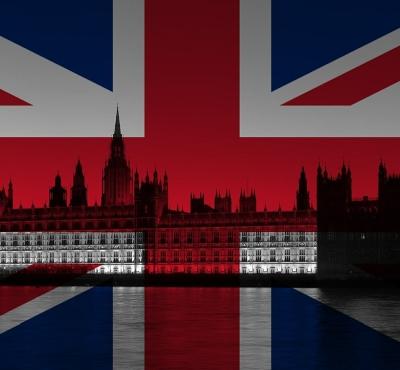Making the past live again
Cardigan Castle in Wales is a great example of what can be done with a ruined castle. It was built 900 years ago and was important in the struggle between the English and Welsh. The English eventually won and Cardigan Castle became the property of an English nobleman. He rebuilt the castle and the king of England, Edward I, stayed there in 1284.
It was very badly damaged during the English Civil War in 1644. A ship’s cannon fired cannon balls at the castle wall and after three days the castle was taken. Many of the stone buildings were destroyed, making it useless for defence. A house was built on one side of it and the castle was abandoned. So has the castle disappeared? Not at all!
In 2003 the house and castle were bought by the local authority (provincia) and plans were made to make it a social centre for the town. Architects made detailed plans, letters were written, radio, television and newspapers became interested. Money, of course, was the most important problem. The National Lottery in Britain supports many cultural programmes, and eventually the castle got £11 million from the Lottery, the European Regional Development Fund, the Prince’s Regeneration Fund (set up by Prince Charles) and many other sources.
When renovation work is completed, the castle will be reopened to the public, hopefully in 2014. There will be luxury accommodation for hire, a heritage centre, a restaurant, an open-air concert area, and rooms for classes in the Welsh language and culture. Many people believe that Welsh is just a dialect of English, but it is a completely different language. You can hear it on YouTube ‒ you will understand nothing!
Britain is bringing the past into the present through a lot of schemes like this; many countries can learn from this and make the past live again!






